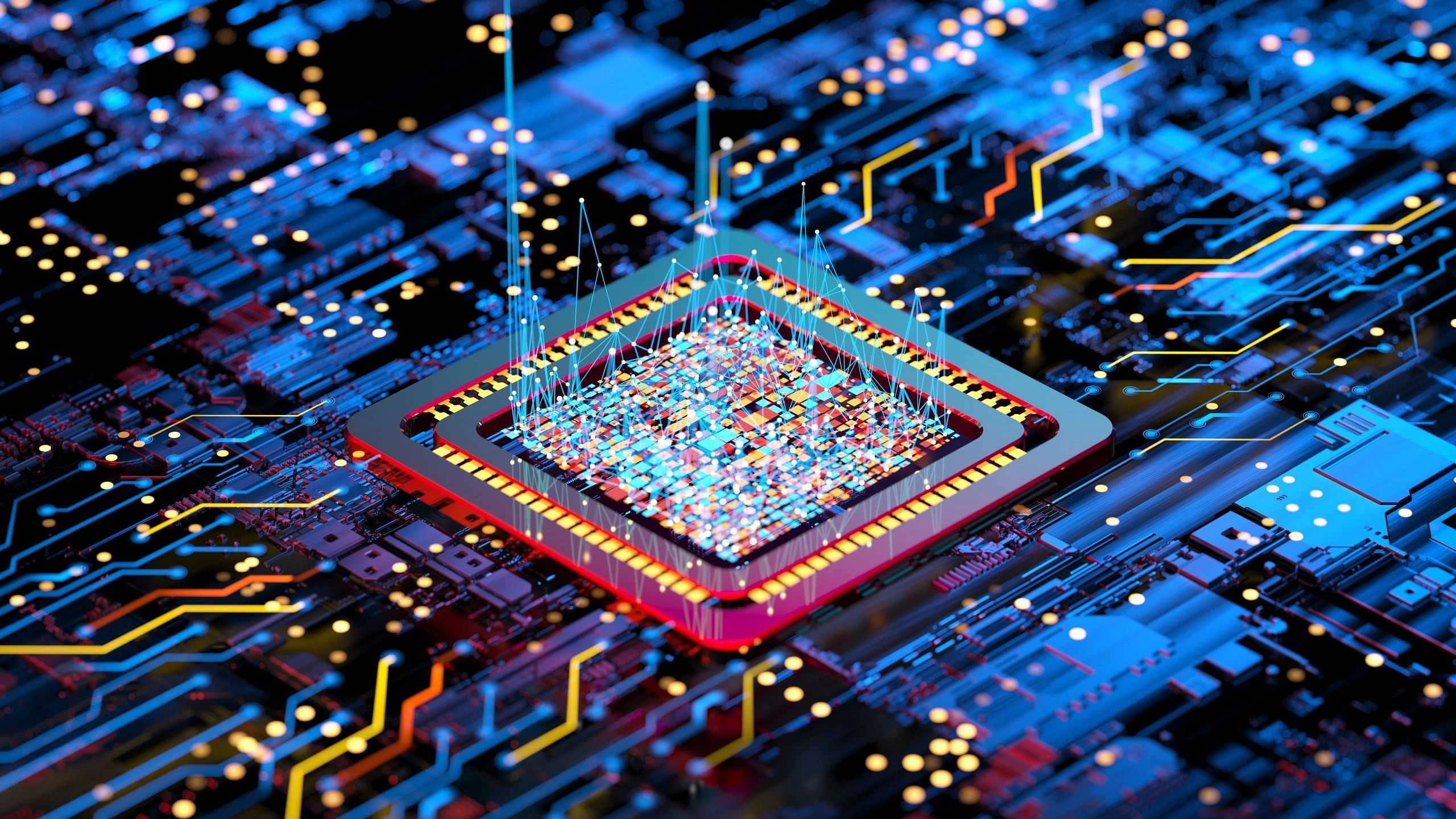
Representative image of a semiconductor.
Credit: iStock Photo
As India hurtles into electric vehicle production, one handicap it is desperate to overcome is its sourcing of semiconductors, which has become a global challenge.
Semiconductors, often referred to as the “brains” of modern automobiles. This applies to both conventional internal combustion engine (ICE) vehicles and their electric counterparts. According to the Semiconductor Industry Association (SIA) of the US, the number of semiconductors required in an electric vehicle is more than double that of an ICE vehicle.
During the COVD-19 pandemic, the ability of semiconductor shortages to dramatically disrupt the automobile sector was forcefully displayed. According to the S&P Global Mobility estimates released in July 2023, the absence of crucial semiconductors resulted in a staggering loss of more than 9.5 million units in global light-vehicle production during 2021. This impact persisted into 2022, causing an additional 3 million vehicles production to be lost. Nevertheless, the losses continued into the first half of 2023 too with the loss of 524,000 vehicles on a global scale. The probability of repeating semiconductor shortages in the near future is high due to the concentration of industry in a tense geography, either Taiwan or South Korea, as well as the complexity of lead time for manufacturing.
According to an analysis by Global Market Insights, the automotive electronics market exceeded a value of $250 billion in 2022 and is projected to surpass $650 billion by 2032, exhibiting a compound annual growth rate (CAGR) of over 8 per cent. As per data from McKinsey & Company and the World Semiconductor Trade Statistics, the share of automotive sector semiconductor consumption in global total output was approximately 8% in 2020 and by 2030, this share is expected to increase to 14%, underscoring the semiconductor sector’s significance.
In 1965, Gordon Moore introduced Moore’s Law, which forecasted the evolution of semiconductor technology. Moore noted that the transistor count on microchips was doubling roughly every two years, resulting in substantial progress in computing capabilities. This projection has remained largely accurate for many decades and has played a important role in propelling the advancement of contemporary electronics and computer technology, with the continual advancement in semiconductor technology helping EVs to manage the computing capabilities required for their efficient operation and advanced features.
The role of semiconductors in India’s EV Journey: As India endeavours to reduce emissions and embrace sustainable transportation through electric vehicles, semiconductors play a critical role in achieving these objectives. According to an Indian Electronics and Semiconductor Association report, the semiconductor market in India is projected to achieve a value of $64 billion by 2026, indicating nearly threefold growth from its 2019 figure of $22.7 billion. As indicated by another report, the Indian semiconductor market is expected to expand further, reaching a substantial $80.3 billion by the year 2028. However, the share of the domestic supply of semiconductor was only 9% with the remaining 91% being imported from the Southeast Asian nations dominated by China.
In June 2023 the Ministry of Electronics and IT (MeitY) announced its decision to reopen the application window for a Rs 76,000 crore semiconductor manufacturing plan, as the previous window failed to attract significant industry players. Delaying the establishment of this industry would lead to India not missing out on the benefits of EV adoption, reduced foreign exchange expenditure on crude oil and lower spending on semiconductor imports. This would render the country vulnerable to shifting global geopolitics.
To secure its semiconductor interests and pave the way to becoming a global hub of export, India must invest heavily in research and development, foster innovation and establish strategic partnerships with market leaders of the semiconductor industry. Only through these concerted efforts can India establish a strong foothold in this vital sector and ensure its sustainable growth on the global stage.
The convergence of electric vehicles, semiconductor technology, and sustainable transportation solutions presents an intricate landscape. The future of transportation is electric, sustainable, and driven by the potential of advanced technologies.
(Babu A is a research scholar and Biplab Sarkar is professor, Dept of Management Studies, PES University, Bengaluru)